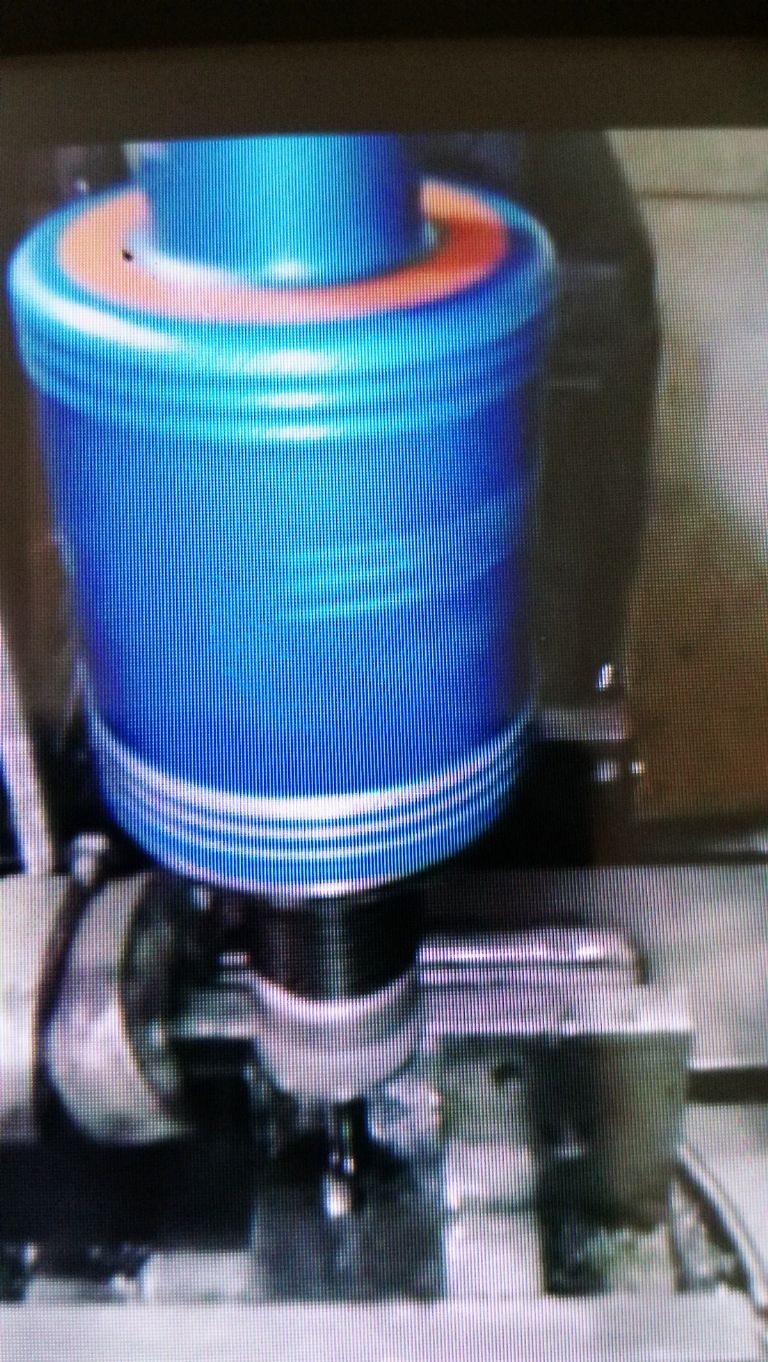Posted by not done it yet on 12/06/2023 09:52:05:
It is unlikely that the machine has ‘reached the end of the road’ if the owner is determined to repair it – but it does rather depend on how much that wear might be and the skill and determination of the repairer. It is often simply a case of economics, but sometimes a matter of dogged determination on the part of the user.
…
+1. Most businesses have an accountant keeping a close eye on the cost/benefit ratio of owning machines. They compare the cost of repair with the cost of replacing, and there comes a point in the life of working machines when they are all declared 'BER', Beyond Economic Repair, When that happens the machine is out the door.
May still be worth repairing, especially in amateur ownership. As labour is expensive, businesses are more ruthless about BER than hobbyists. The question is, how much time and money do you want to spend fixing an old drill rather than using it?
The cost of spares is often a shock – second-hand prices do not apply to new parts! And if one thing is worn out, the chances are other parts are iffy too.
The repair could be a long job, which stops work on everything else. Might not matter to you because restoring old machines is a rewarding hobby in itself. Restoration isn't for me because I have other priorities. I admire the people who rebuild the mangled remains of crashed WW2 aircraft after 80 years in a peat bog and get them flying again, but it's not for me. Likewise – just me – I wouldn't put much effort into a pillar drill because most of my precision drilling is done by a mill.
I expect you'll get conflicting answers. Chaps who love old machines will recommend fixing it, whilst others wouldn't bother. Where are you? Maybe a local Fobco expert could take a look and advise.
Dave
 Nicholas Farr.
Nicholas Farr.




